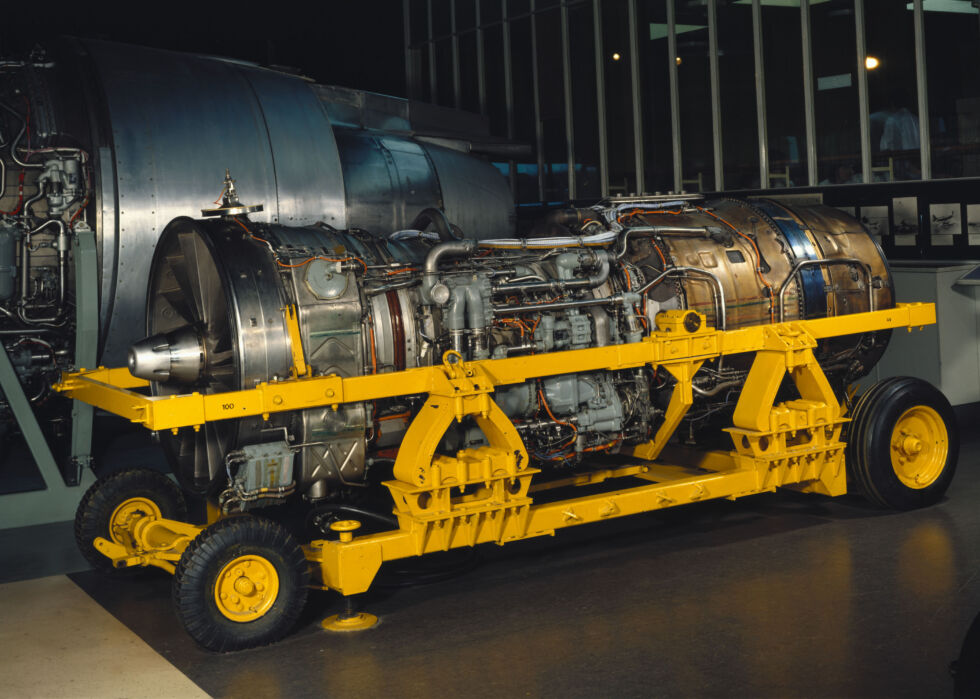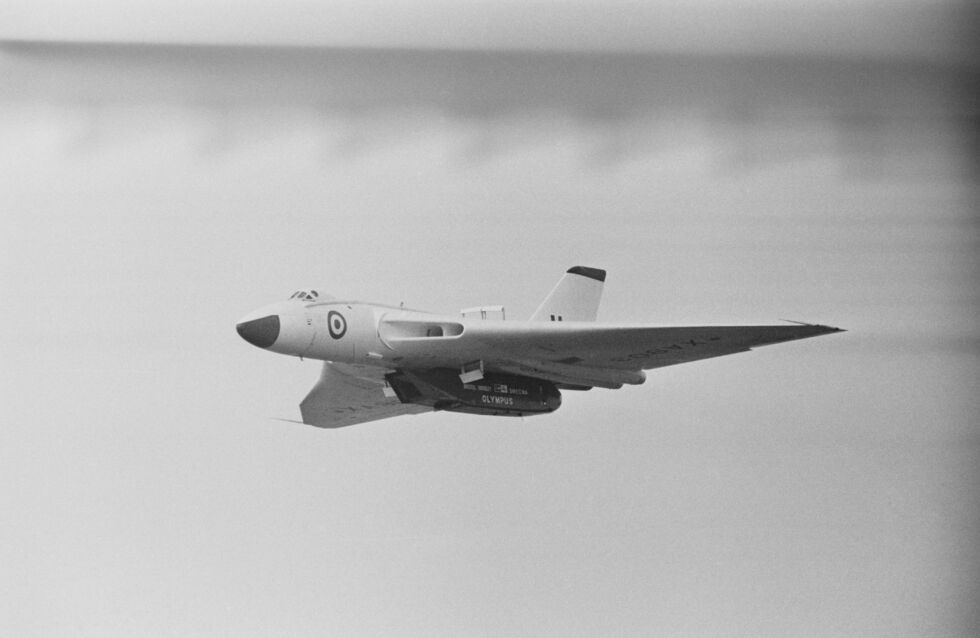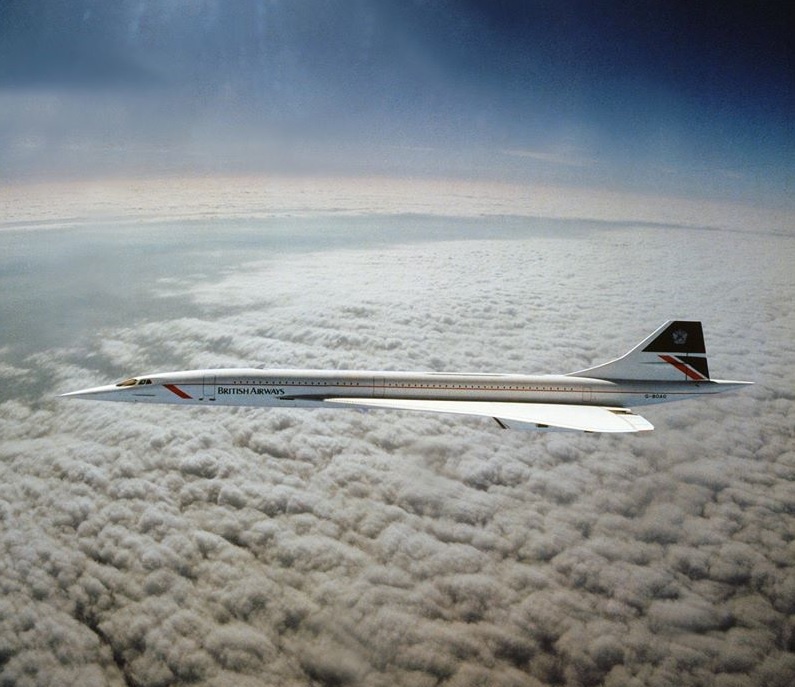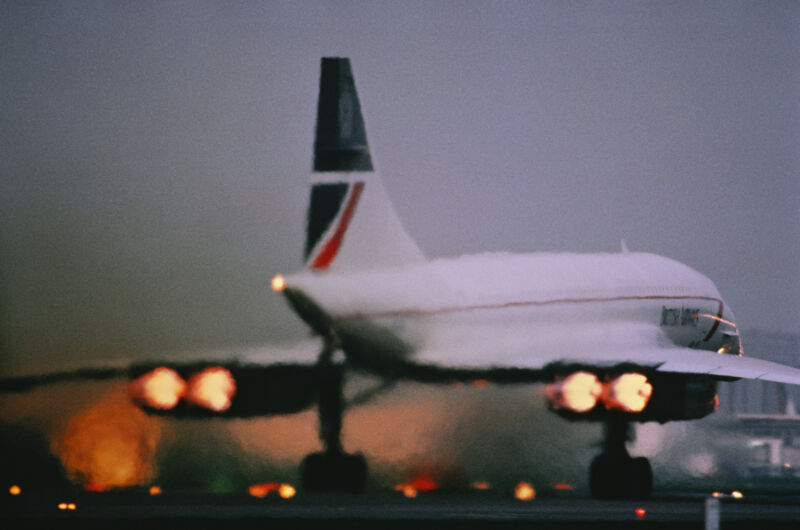If you're a bit of a plane nerd—and if you're reading this site, the odds are good that you are—a rather interesting eBay auction ended over the weekend. The auction site knows it as item number 116001533010; a less anodyne description would be a Rolls-Royce Olympus 593 turbojet engine, one of four that powered a Concorde—complete with afterburner attached.
The world's first and most successful supersonic airliner, Concorde was an ambitious and extremely expensive joint project developed by the UK and France. The initial plans started in 1956, with the first in a series of studies commissioned by the British Ministry of Supply, which set about exploring the idea of a supersonic transport plane—then, as now, the sole preserve of military jets.
A parallel effort was also underway across the Channel in France, with both countries coming up with fairly similar designs. At some point, bean counters on both sides of la manche realized that the cost of developing such an extreme aircraft was perhaps better shared than borne alone, and in 1962 the two projects—one headed by the British Aircraft Corporation, the other by Sud-Aviation combined—were merged.

The first airframes were laid down in early 1965, and in March 1969 Concorde 001, which was built in France, first flew from Toulouse. Five weeks later, Concorde 002—built in Bristol, England, made its maiden flight.
Things initially looked rosy. With 18 airlines showing interest, BAC and Sud-Aviation had potential orders for 100 aircraft.
But the development of Concorde was anything but rosy, and the price tag soared higher than the airliner's 56,000-foot cruising altitude. By 1976—at which point only Air France, British Airways (then BOAC), and Iran Air had placed orders, with only the former two ever operating the plane—the UK government estimated the cost at between $12.2 billion and $17 billion (inflation-adjusted to 2023).
At the time, most military jets capable of breaking the speed of sound could do so in short bursts, rapidly emptying their fuel tanks in the process. But Concorde was designed to cruise at twice the speed of sound, or 1,350 mph (2,170 km/h). To do that, it required four Olympus jet engines, each capable of a continuous 28,000 lbs of thrust, or a peak output of 38,060 lbs.

Derived from an engine designed for the cancelled British TSR2 strike bomber, the engines were fed by variable geometry intakes and exhausts, and afterburners that increased power by 17 percent. Cruising fuel consumption was around 20 tons of fuel per hour.
It could carry 100 passengers across the Atlantic in about three hours—the actual record was 2:52.59, set in 1996 by a British Airways Concorde. Today, the fastest you could do the same trip would be a little under five hours, provided you have one heck of a tailwind.
The unknown buyer of the eBay engine paid $728,240 (565,000 pounds) for engine number CBE 083, which flew as one of four engines under the wings of Concorde G-BFKW (later G-BOAG), which you can go and wander around if you visit the Museum of Flight in Seattle.

They won't be able to take to the air with the new second-hand Olympus 593-610 engine, however. A condition of sale from British Airways when it left the airline's possession was that the turbojet, which is the only one in private hands with both afterburner and engine serial number plate both intact, is for static or display use only.
That also rules out fitting it to a rolling chassis a la Thrust SSC or the Bloodhound LSR car. Putting the whole engine on display is one option. But I have a feeling that CBE 083 might be destined for life as furniture—coffee tables with a single (polished) compressor blade sell for around $30,000–$50,000, and side tables with blades from smaller stages discs still sell for several thousand dollars. But what would you do with it if it were yours?



3175x175(CURRENT).thumb.jpg.b05acc060982b36f5891ba728e6d953c.jpg)
Recommended Comments
There are no comments to display.
Join the conversation
You can post now and register later. If you have an account, sign in now to post with your account.
Note: Your post will require moderator approval before it will be visible.